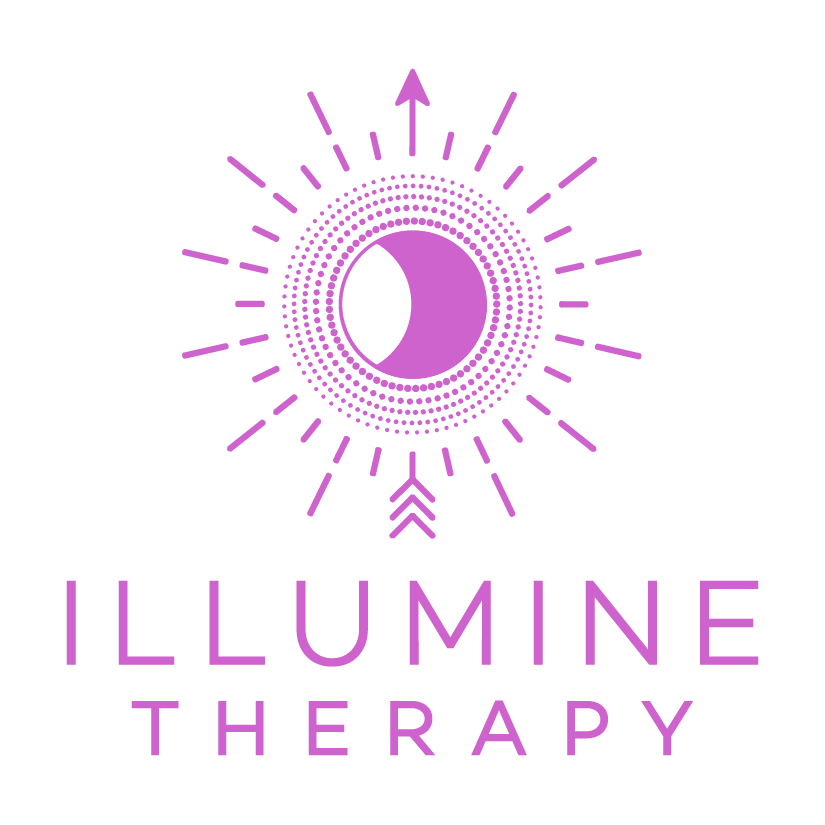a therapeutic approach that engages the body as a powerful tool and intervention in therapy.
If you have been in therapy circles or read books about trauma, you are aware of the buzzing of “somatic therapies”. Let’s break down somatic first because honestly who really knows what that word means. The dictionary states, “Somatic – relating to the body, especially as distinct from the mind.” That being said, Sensorimotor Psychotherapy is a body-based or somatic therapy.
A body-based therapy to help you heal on a cellular level
Essentially it is a bottom-up approach. This means it works with the body and deeper emotional brain, not so much the logical or thinking brain. Another somatic therapy that some people have heard of is Somatic Experiencing.
Sensorimotor Psychotherapy is a complete therapeutic modality.
SP works with the internal experience. It utilizes the body, senses, thoughts, emotions, words, and images to inform both the client and therapist. Many of my clients have walked away with a sense of awe knowing that they already possess the tools to heal. SP allows for the unfolding of experience in the here and now and empowers clients to know it is coming from within. The wisdom is in the body and SP is a way to access that and allow the body and mind to heal.
How does Sensorimotor Psychotherapy work?
The core of SP is to include the body, in the here and now, as a valuable piece of one’s experience. The body can be a source of information. For example, it can tell us when we are numb and shut down by the dropping of the shoulders and a sensation of tingling. Or open and safe with the breath deepening, the spine long, and the chest is not tight.
SP uses the body as a source of information and also as an intervention.
Interventions can look like when a client brings their hand to their stomach when discussing something distressing. At that moment, we can be with the hand and explore how that feels on the body, if it changes the sensation and how the body is responding.
Sensorimotor Psychotherapy and its three-phase treatment approach.
SP takes this approach in order to gently guide and heal from trauma by not becoming too overwhelmed.
The first phase is to work on safety and stabilization.
This phase is focused on grounding, soothing, and orienting to the present moment. This phase helps clients build their sense of self and their capacity to process the trauma.
Phase two moves into processing.
I have had clients ask if they could just do phase one and phase three and skip phase two. I hear that! However, it is important to actually process the trauma. During this phase, the focus is entirely on the body. Noticing micromovements and energy flow and reinstating an active defense if that is what the body wants to do. For example, standing up and holding your hand out to say, “stop.” Something your body wanted to do back then but could not. In this phase, we are working with the body in order to complete the desired action or response that wanted to happen.
Phase three is the integration phase.
Bringing it all together. This phase encourages joy and pleasure. This is done by expanding one’s belief about themselves and the world from a new lens.
Do SP therapists get trained?
Yes! Essentially Sensorimotor Psychotherapists enroll in the Sensorimotor Psychotherapy Institute. There are three levels of training. Each level is a year-long. I have completed level one, in 2021, which was SP for the treatment of trauma. I am enrolled to begin level two this year which is SP for developmental injury. So, working with experiences in early childhood.
Many SP therapists receive consultation support. I receive bi-weekly consultation support, am an assistant for a current level one training, and do study groups to ensure learning and growth.
Go Beyond talk therapy
If you are in need of a trauma therapist in Utah and want to work with a therapist who really understands trauma and how the body is both informational and a resource, reach out today. I also utilize Brainspotting and EMDR therapy to help with trauma. I specialize in helping individuals with trauma therapy and PTSD treatment, anxiety and stress, and high-functioning depression. Working in this way will be a different experience and bring a different level of healing! I am excited to help you on your journey.

